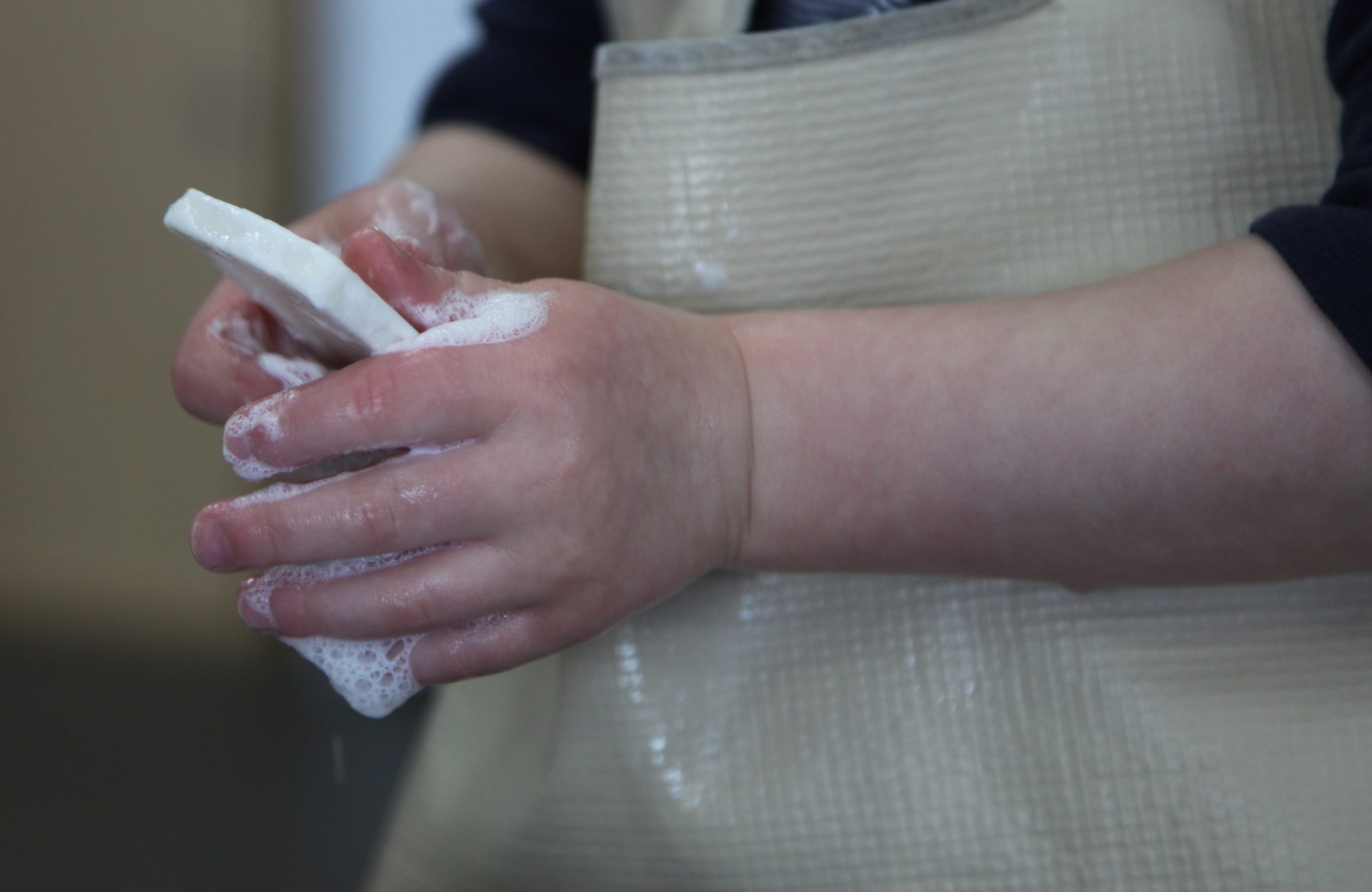Allowing Opportunities
Thoughts & Reflections

At the request of a few of our parents, we put together some tips on how collectively, as parents, as educators, as a community, we can better allow children to become more independent.
As Montessori says, “Never help a child with a task at which he feels he can succeed.”
One point that needs to be added, is that we need to create the conditions in which they can succeed. In a slight turn of phrase from the original Montessori inspiration, “Help children to help themselves”, we’d like to suggest, “Allow children to help themselves.”
What does this mean? It means that we need to work together to create a platform in which we can afford the child every possibility of success, whether it’s in the classroom, at home, or out and about.
In the classroom, we create a prepared environment for the child. Everything is created precisely for them. We’re the ones that are out of place, that feel uncomfortable and disconnected, not fitting in.
Now, imagine for a second, how children feel on a daily basis: at the grocery store, or the gas station. Outside of Montessori, they live in a world which is created by adults, for adults.
Picture yourself trying to navigate such a world: where the door is too heavy, the handle too high; the container too large, let alone too tight. We need to ask ourselves: how would it make us feel?
How would such a relationship with the world alter our encounters? Would we feel frustrated and dependent? Would we lack self-confidence and a willingness to engage with otherwise simple tasks?
So, how does this translate into practice? How can we implement these conceptual ideas? Here are a few suggestions that we’ve found beneficial in allowing children to help themselves.
These are not intended as instructions, demands or judgements, but rather points to consider and think through. It always helps to try to put ourselves, in our children’s shoes.
Shoes? Let’s start there. If a child is ‘too young’ to express an interest in typing their own laces, let’s provide them with shoes in which they can easily put on and take off themselves: velcro, or slip ons.
We want to minimize difficulties by, as Montessori said, isolating individual issues. This method will give children confidence and foster that independence. There’s no need to overwhelm them.
How about clothing? If a clasp or a button or a belt proves extremely difficult in our presence, imagine how arduous it becomes when we’re not around, and they need to operate those fastenings.
The same could be said for meals, which can present real and unnecessary challenges to children. Containers exasperate fingers; lids are tough to open; or, that yogurt has a really impenetrable seal.
With all that said, we want children to learn how to overcome these obstacles, but we also want to allow them the opportunity and the environment to do so.
Often, our inconveniences are our children’s conveniences. Working together, we can try to create the conditions in which we can allow children the opportunity to succeed.
If you would like more specifics, or have any questions on allowing opportunities, please don’t hesitate to send us an email: hello@baandek.org
Written by:
Baan Dek



